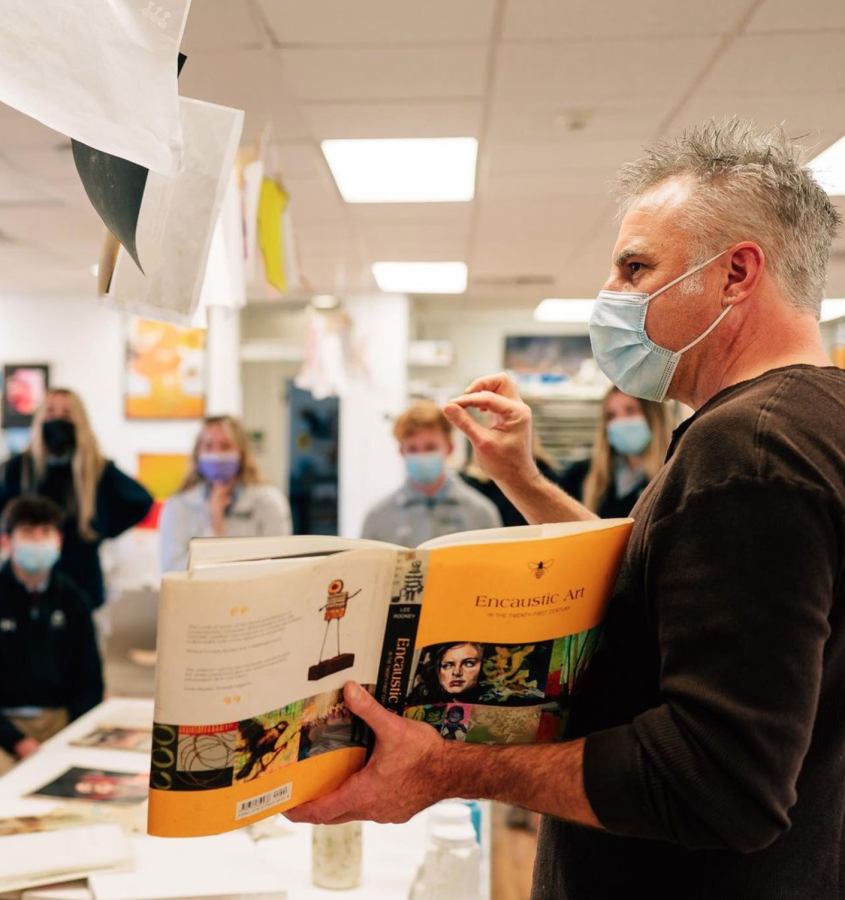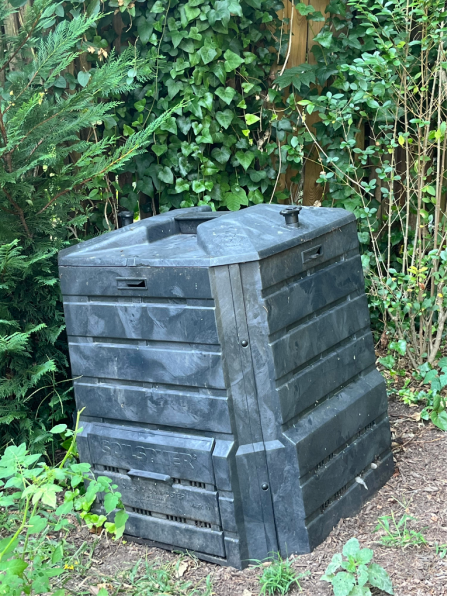Hurricane Ian’s Warning for Society
November 16, 2022
Making landfall as a category four hurricane on Wednesday, September 28th, Hurricane Ian was the deadliest hurricane to hit Florida in almost a century. With sustaining winds over a hundred miles per hour, Hurricane Ian decimated Florida and Southern regions, leaving a trail of destruction behind. In addition to the millions of dollars in damage the hurricane created, Hurricane Ian possesses even more significance, serving as a warning sign to society. With the increasing climate crisis, natural disasters will heighten in severity dramatically. Hurricane Ian foreshadows this trend, as it tied for the fifth-strongest hurricane to make landfall in the United States yet ranked among the worst in terms of destruction. According to the U.S. National and Oceanic Atmospheric Association, in correlation with global warming, hurricanes are expected to have a ten percent increase in wind speeds along with a ten percent rise in the proportion of category four or five hurricanes by this century. Additionally, climate change has contributed to a fivefold increase in the amount of weather-related disasters in just the last fifty years.
While the South faced the brunt of the damage from Hurricane Ian, the Northeast will still be impacted by the intensifying natural disasters stemming from climate change. The EPA explains how the Northeast is projected to undergo more frequent precipitation and storms with higher intensity than normal. The National Climate Assessment elaborates on the potential impacts of these natural disasters as they threaten both “populations that have been shown to be highly vulnerable to climate hazards and other stresses” and “aging infrastructure that has already been stressed.” An overall increase in the intensity of storms due to higher winds, storm surges, and rainfall levels directly results in an increased amount of destruction. Escalated destruction levels means more financial loss and people displaced, negatively impacting society.
Luckily, scientists have published these findings so society can properly prepare in order to diminish the damages. Communities in the local area can strengthen their resilience to hurricanes through many means: preserving natural barriers such as coastal wetlands to block storm surges, limiting construction in flood-prone areas, replenishing beaches, developing buildings resilient to high winds, and spreading awareness along with preparing for a storm’s arrival. By doing so, society can heed the warning Hurricane Ian presented and also honor the lives uprooted by this disaster to prevent future ones.


























